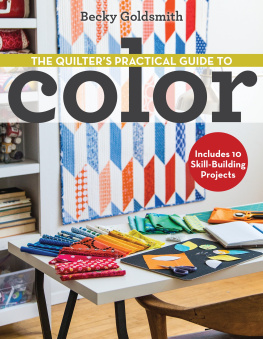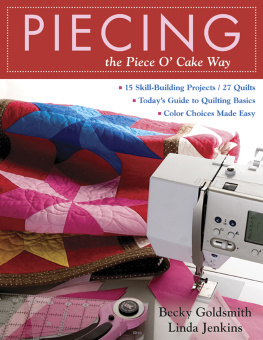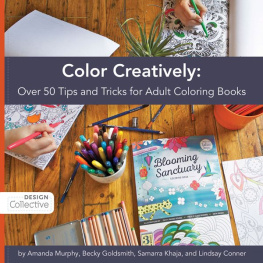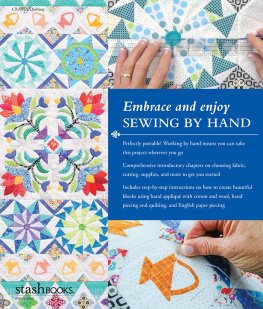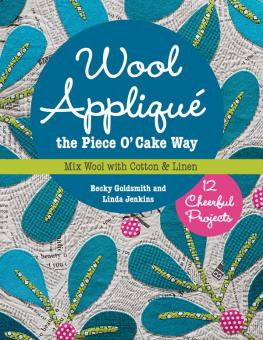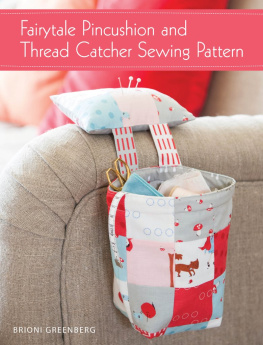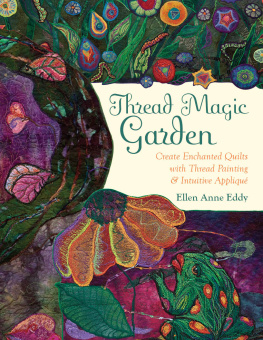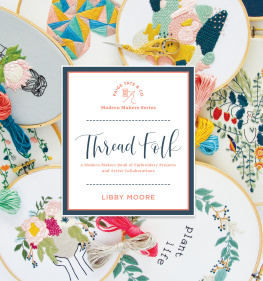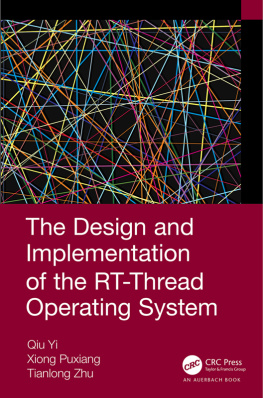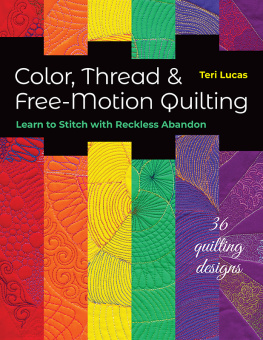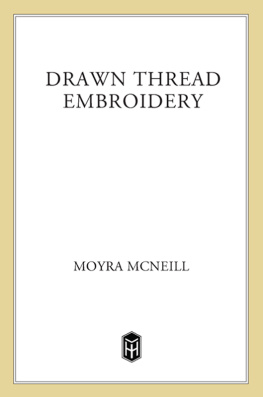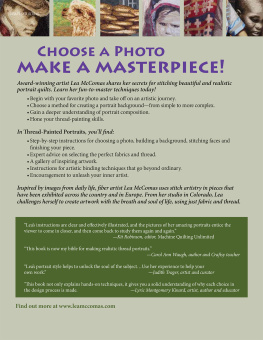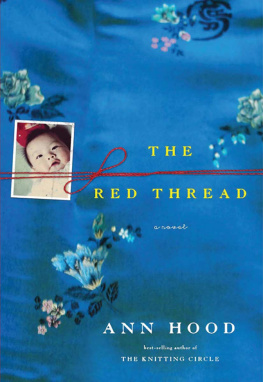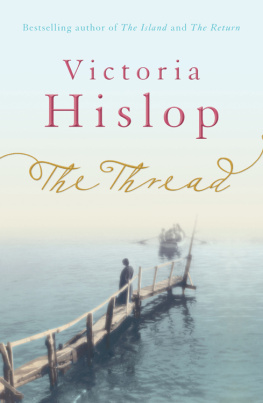Publisher: Amy Barrett-Daffin
Creative Director: Gailen Runge
Acquisitions Editor: Roxane Cerda
Managing/Developmental Editor: Liz Aneloski
Technical Editor: Helen Frost
Cover/Book Designer: April Mostek
Production Coordinator: Tim Manibusan
Production Editor: Jennifer Warren
Illustrator: Becky Goldsmith
Photo Assistants: Rachel Holmes and Gregory Ligman
Photography by Nissa Brehmer, Kelly Burgoyne, Christina Carty-Francis, Estefany Gonzalez, Rachel Holmes, Diane Pedersen, and Mai Yong Vang of C&T Publishing, Inc., unless otherwise noted below
Mettler-provided photography
Shutterstock photography: (by Bankrx), 2 and 3 (by EKramar), 5 (by Kostikova Natalia), 10 (by savva_25), 13 (by Thaloengsak), 15 (by AVN Photo Lab), 22 and 23 (by Okskaz), 32 (by Africa Studio), 33 (by Alena TS), and 36 and 37 (by pan demin); top of (by EKramar) and 8, 20, 24, 30, 34, and 40 (by 5 second Studio); center of (by fotohunter); right side of (by AVN Photo Lab); and bottom of (by Cole Eaton Photography), 12 (by Baronb), 16 (by Calin Tatu), and 20 (by Stastny_Pavel)
Published by C&T Publishing, Inc., P.O. Box 1456, Lafayette, CA 94549
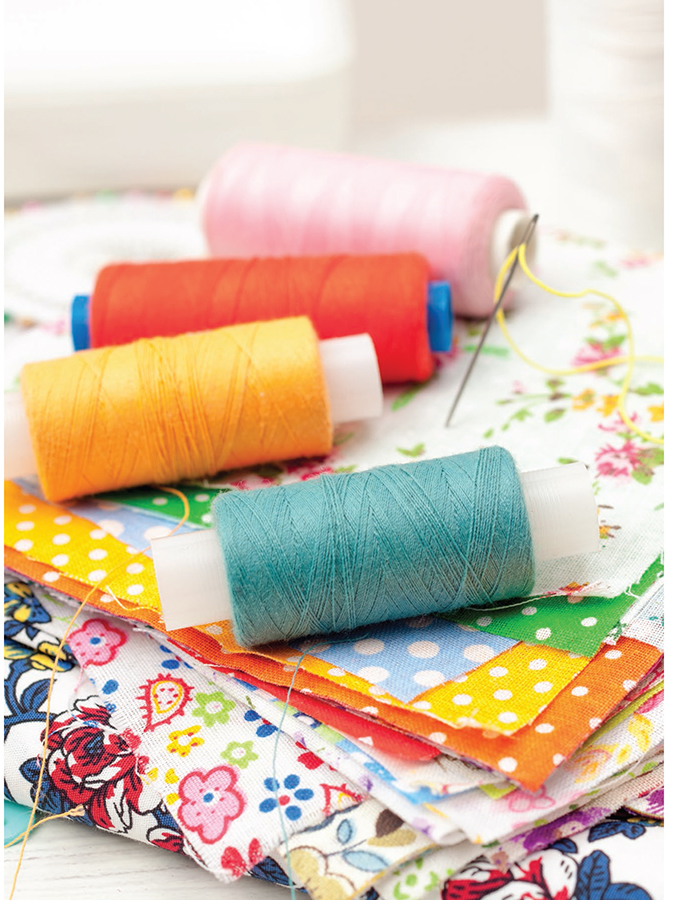
Introduction
When I learned to sew, it was easy to choose thread because there were very few choices. Times have changed. Now you get to (have to) choose between cotton, cotton/poly, nylon, polyester, rayon, silk, and wool threads. And the choices dont end thereyou also have to choose the correct thread weight. Its enough to make you wilt in front of the thread display!
It is high time to make it simpler to find the right thread, and this guide will help you do just that.

Thread Types and Fibers

Should you only use cotton thread with cotton fabric? Is polyester bad? If you bring up these questions with sewing friends, be ready for a lively discussion!
After much research, I am happy to report that cotton, polyester, silk, wool, and other synthetic threads are all good when used properly. Once you understand the differences between the fibers, choosing the best thread for the job is a lot easier.
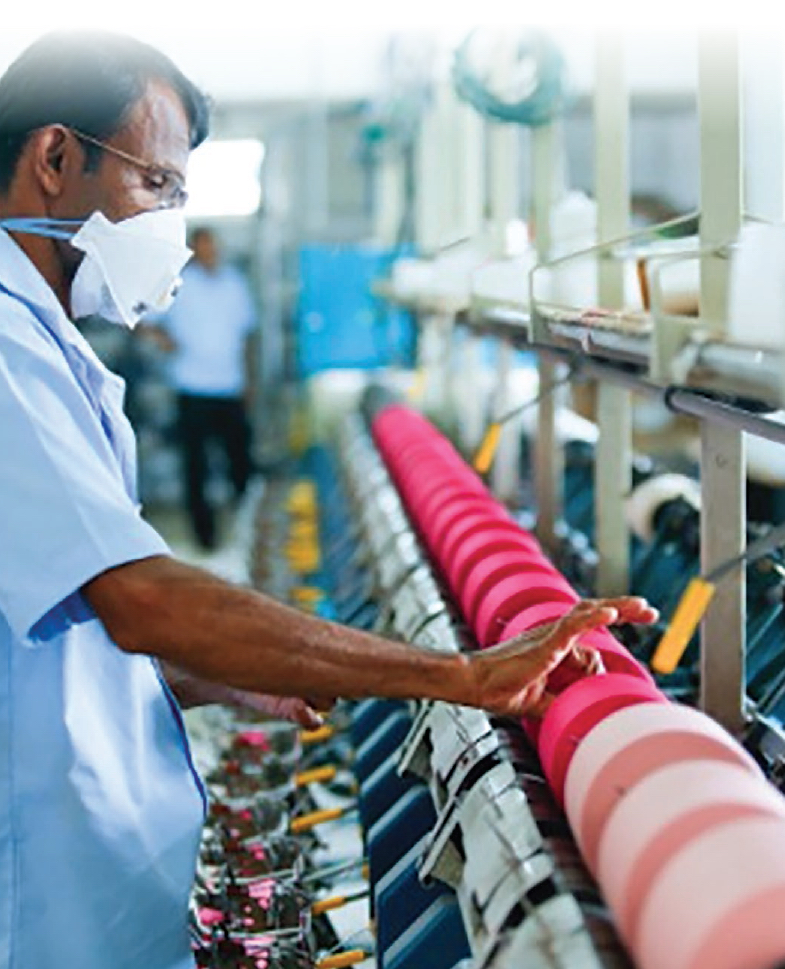
THREAD TYPES
Spun Thread
Cotton thread is made from short cotton fibers that are twisted together into strands, plies, and thread.
Spun polyester thread is manufactured in a similar way: Long polyester fibers are cut into shorter fibers that are twisted into single strands, which can be used together or with continuous filaments.
Spun threads produce lint in varying amounts.
Continuous-Filament Thread
Filaments are long, thin, unbroken strands of silk or a synthetic material that are twisted together to make thread. This type of thread is strong, smooth, and lint free.
Core-Spun Thread
Core-spun threads combine the strength of polyester with the sewability of cotton. Polyester filament centers are wrapped with spun-cotton or polyester fibers into strands that are then twisted together to form a plied thread. The filament core adds strength; the shorter fibers mimic 100% cotton thread. Core-spun threads can produce lint.
Monofilament Thread
This thread is a single strand of polyester fiberlike fishing line but much finer. Monofilaments usually come in clear and smoke for use on light and dark fabrics, respectively.

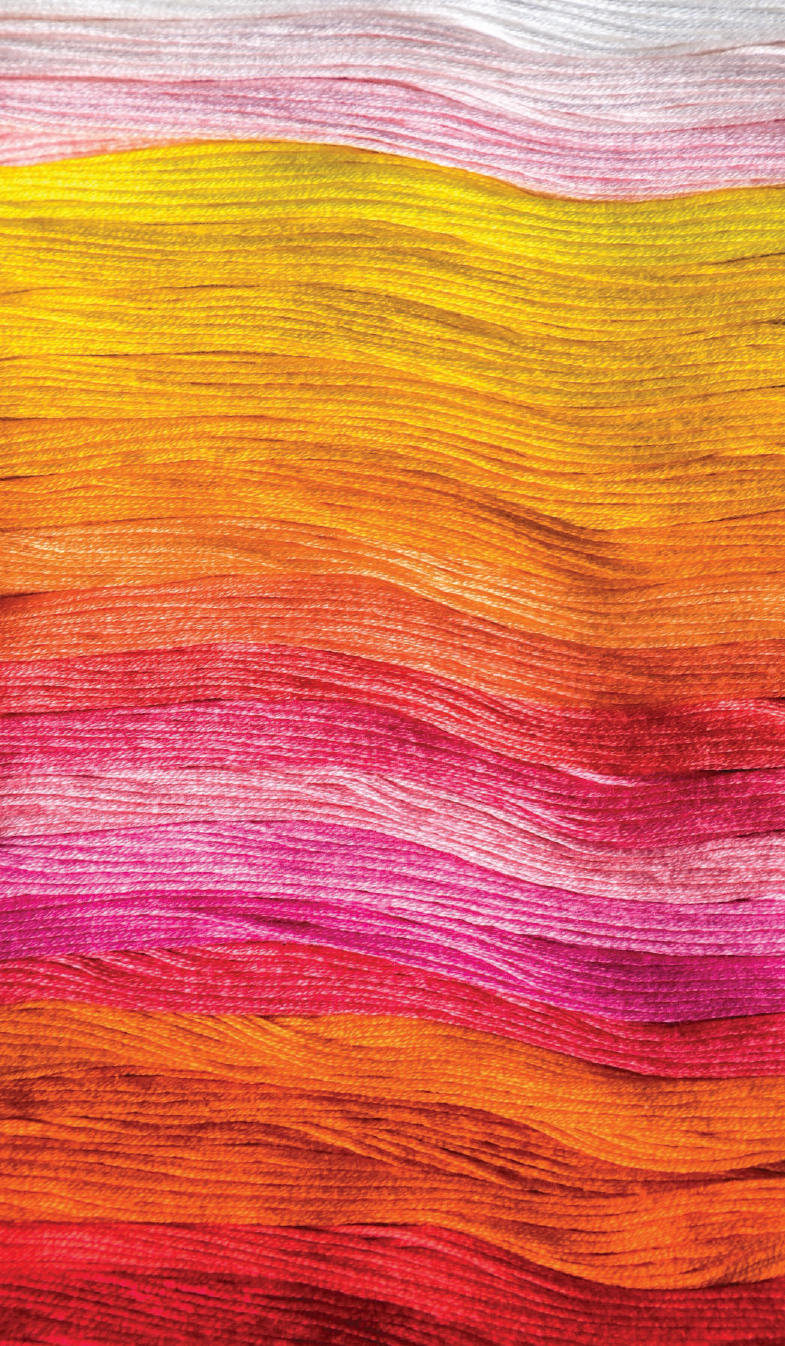
THREAD FIBERS
Natural Fibers
Natural fibers come from plants and animals. The three most common natural fibers used in home sewing are cotton, silk, and wool.
COTTON
Cotton is strong, has a light sheen, and tolerates high heat. It has a natural tooth that helps the thread to grab the fabric and stay in the seam. Cotton thread does produce lint in varying degrees.
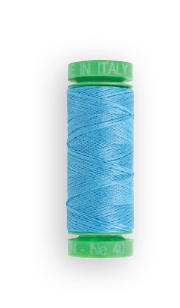
Cotton fibers are judged by staple length, color, and character (how strong and resilient the fibers are). The better a cotton scores in all these areas, the higher the grade and the more expensive it is.
Egyptian cotton grown in Egypt is widely regarded as the best long-staple cotton due to the climate and soil conditions. Egyptian-grown cotton has longer staples (fibers) and is thinner and stronger than cotton grown in other places.
Egyptian cotton grown in other parts of the world complies with the Egyptian staple-length standard (1.251.9), but it is not necessarily of the same quality, color, or character.
Pima and Supima cotton are extra-longstaple cottons that originated in Egypt. In the early 1900s, a top-quality variety, known as Pima, was grown in Arizona and was named to honor the Pima Indians who tended the fields. Pima cotton is now grown in many countries; Supima is only grown in the United States.
It is difficult to look at a spool of thread and see whether the cotton itself is low or high quality. Price is a pretty good indicator of thread quality, as is the reputation of the manufacturer.
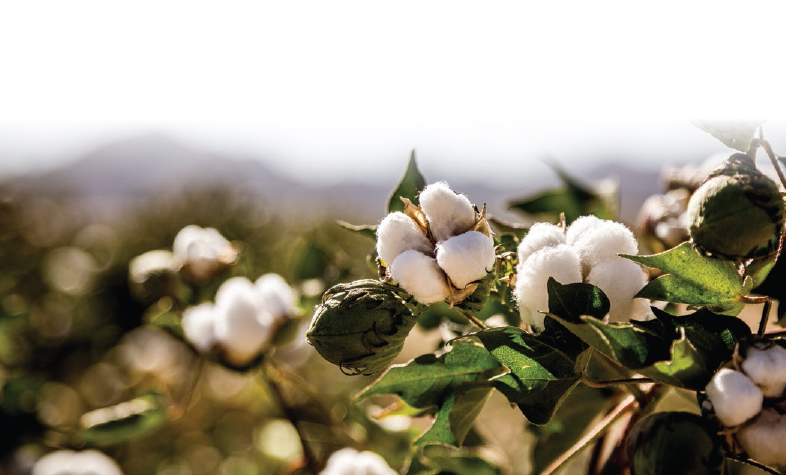
SILK
The best-known silk comes from the cocoons of mulberry silkworm larvae. Silk is unwound from the cocoon in one long continuous fiber.
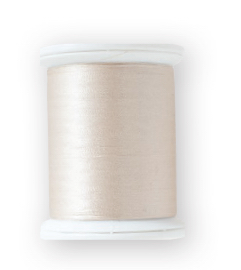
Filament silk thread, considered to be the best, is made from multiple long strands of silk twisted together. Filament silk is strong, is lint free, and has a natural sheen. Be aware that silk, when subjected to UV exposure from sunlight, can discolor and become brittle.
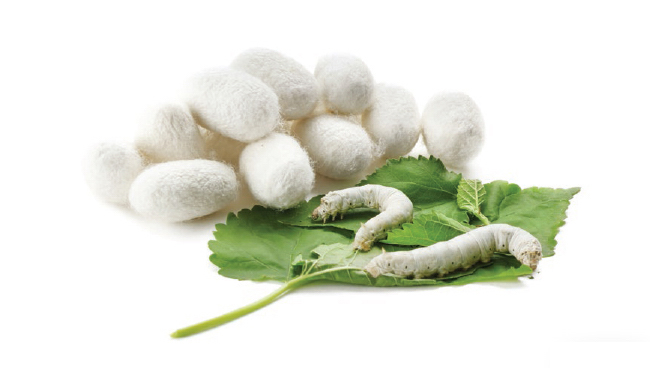
WOOL
Wool fibers are graded by fineness, length, color, and appearance, fineness being the most important quality. Once sheared from the sheep, the fibers are cleaned, scoured, carded, and spun to make thread or yarn of various thicknesses. Wool thread is fuzzy.
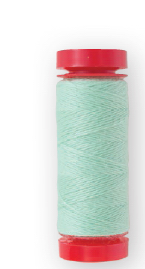
Wool is often blended with acrylic fibers in thread for affordability and to add strength.
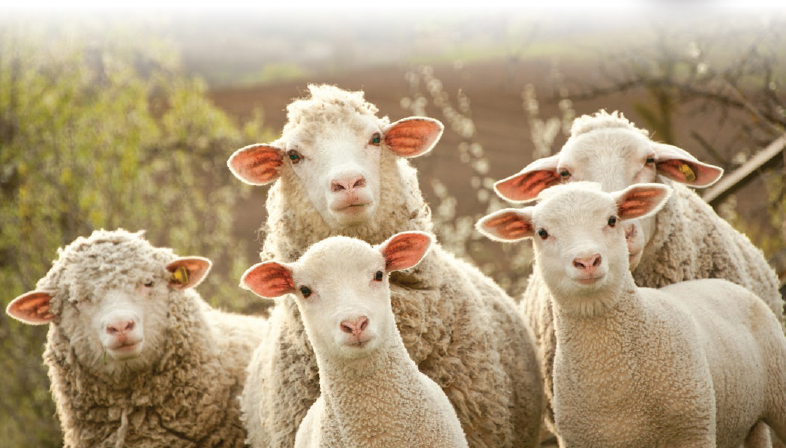

Regenerated Fibers
RAYON
Next page

